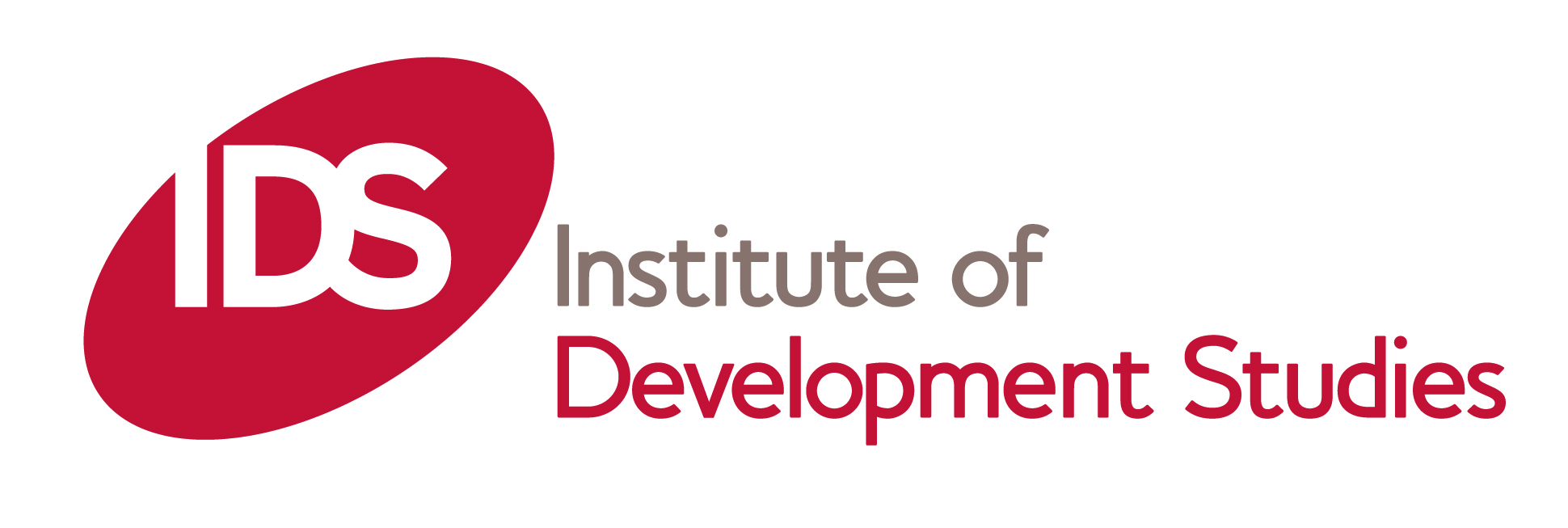Location
Eldis is an online information service providing free access to relevant, up-to-date and diverse research on international development issues. The database includes over 40,000 summaries and provides free links to full-text research and policy documents from over 8,000 publishers. Each document is selected by members of our editorial team.
To help you get the information you need we organise documents into collections according to key development themes and the country or regionthey relate to. You can browse these on the website or find out about our subscribe options to get updates in a format that suits you.
Who produces ELDIS?
Eldis is hosted by IDS but our service profiles work by a growing global network of research organisations and knowledge brokers including 3ie, IGIDR in India, Soul Beat Africa, and the Philippines Institute for Development Studies.
These partners help to ensure that Eldis can present a truly global picture of development research. We make a special effort to cover high quality research from smaller research producers, especially those from developing countries, alongside that of the larger, northern based, research organisations.
Who uses ELDIS?
Our website is predominantly used by development practitioners, decision makers and researchers. Over half a million users visit the site every year and more than 50% of our regular visitors are based in developing countries.
But Eldis is not just a website. All of our content is Open Licensed so that it can be re-used by anyone that needs it. Website managers, applications developers and Open Data enthusiasts can all re-use Eldis content to enhance their own services or develop new tools. See our Get the Data page for more information.
Members:
Resources
Displaying 91 - 95 of 1156Understanding land use in the UNFCCC
This guide aims to increase the technical understanding of the treatment of land use under the United Nations Framework Convention on Climate Change (UNFCCC). The land use is defined as land use, land use change and forestry (LULUCF) and agriculture, sometimes referred to collectively as agriculture, forestry and other land use (AFOLU). The guide aims to explain key decisions under the UNFCCC related to land use reporting and accounting (e.g. forest-related reference levels, natural disturbances, etc.).
Climate change and sustainable water management in central Asia
This working paper explores adaptation options in Central Asia. It describes the results of research conducted by a technical assistance in Central Asia. The research combined field observations with satellite-based data and created models to demonstrate the impacts of climate change on the hydrology of the Aral Sea Basin. The adaptation options explored can be summarised in three broad categories: 1) Expanding the supply of water available in the future, 2) Increasing the productivity of water and 3) Reducing future demand for water.
Assessing drought displacement risk for Kenyan, Ethiopian and Somali pastoralists
This study represents an initial attempt to assess patterns of displacement related to droughts in selected countries of the Horn of Africa, specifically the border regions of Kenya, Ethiopia and Somalia.
Impact of land certification on sustainable land resource management in the Amhara Region, Ethiopia
In Ethiopia, 85% of the population is directly supported by the agricultural economy. However, the productivity of that economy is being seriously eroded by unsustainable land management practices both in areas of food crops and in grazing lands (Berry, 2003).
This study investigates the impact of land certification on sustainable land resource management and long-term investments. It also assesses the impact of land certification on farmers’ perceptions and confidence in land ownership and land use rights in Eastern and Western Amhara Region, Ethiopia.
Integrated agriculture enhances farm productivity and livelihoods in agro-biodiversity hotspots
India is home to incredible diversity in plant and animal species and is ranked among the richest areas of biodiversity in the world. Unfortunately, much of this diversity is being eroded at an alarming rate, largely due to habitat destruction and invasion by alien species. In the hilly regions of southern India, known



